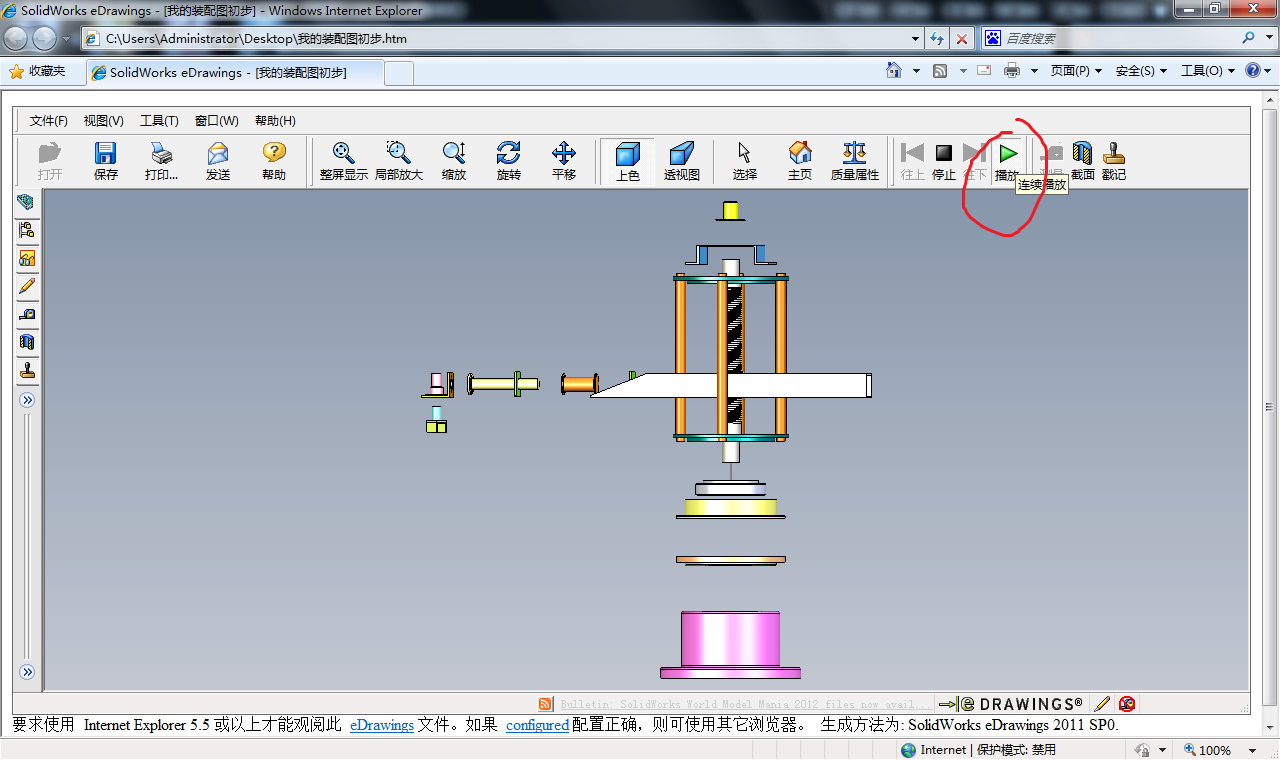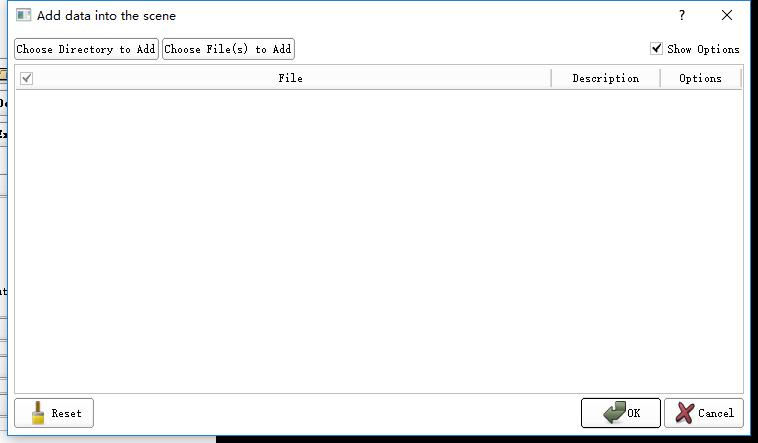这是为了能通过pycharm功能在服务器下可以看见图片并成批量保存做的笔记,本人不是太会说明,所以代码解释如下
from mmdet3d.apis import init_model, inference_mono_3d_detector, show_result_meshlab
import glob
import mmcv
from os import path as osp# 这里是最好用绝对路劲,相对路劲有时候行不通,我也不知道是为什么
# config_file代表的是mmdetection3d的文件夹下ocnfigs的模型配置json文件。这可以根据自己的需求修改
config_file = '/data/home/jwu/mmdetection3d/configs/smoke/smoke_dla34_pytorch_dlaneck_gn-all_8x4_6x_kitti-mono3d.py'
# ann_file是关于create_data.py后生成的data里面的mono3d.json文件,也是同上可以自行修改。
ann_file = '/data/home/jwu/mmdetection3d/data/kitti/kitti_infos_test_mono3d.coco.json'
# image_path是关于自己下载数据集的图片所在文件夹的路径,这个要根据个人的需求进行该别:注意:必行要跟上面的ann_file相匹配。
image_path = r'/data/home/jwu/mmdetection3d/data/kitti/testing/image_2/'
# checkpoints_file是关于自己训练模型的绝对路径,修改同上。
checkpoint_file = '/data/home/jwu/mmdetection3d/work_dirs/own_smoke_train/latest.pth'
# images_name是为了获得文件夹下的所在的所有图片的绝对路径。
images_name = glob.glob(image_path + "*.png")
for image_name in images_name:# 这一步是为了有些数据集如kitti下有很多有不同相机在同一时间和统一位置照的图片,#有下角标_,这下面的几步就是为了将其剔除,只留下真正的不含_的图片。if osp.basename(image_name).partition('_')[0] == osp.basename(image_name):continueimage_name = osp.basename(image_name).partition('_')[0]image = image_path + image_name + '.png'# data_infos = mmcv.load(ann_file)# # find the info corresponding to this image# for x in data_infos['images']:# # print('x:',x)# # print('image_name:', osp.basename(image))# # print("x['file_name']:", osp.basename(x['file_name']))# if osp.basename(x['file_name']) != osp.basename(image):# continue# img_info = x# # print('img_info:', img_info)# break# 这步是为了读取网络模型。model = init_model(config_file, checkpoint_file, device='cuda:0')# 这一步是为了的到结果和数据result, data = inference_mono_3d_detector(model, image, ann_file)# 这一步是为了将最终的结果以单目3d检测的方式储存并保存到你想要的路径下out_dir = './outputs/result'show_result_meshlab(data, result, out_dir, task='mono-det')最后,将其保存为.py文件到demo文件夹下并运行,例如:
python demo/my_kitti_code.py





